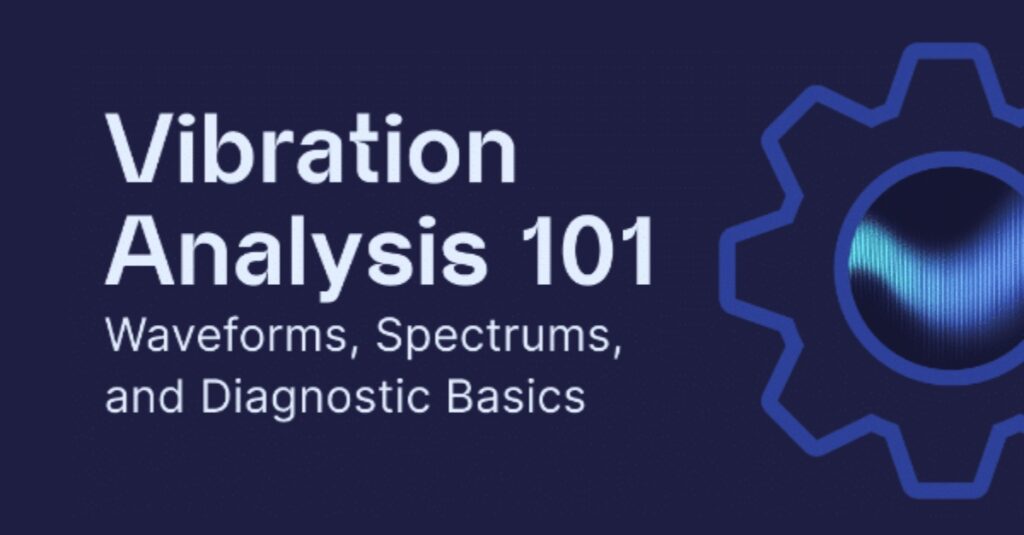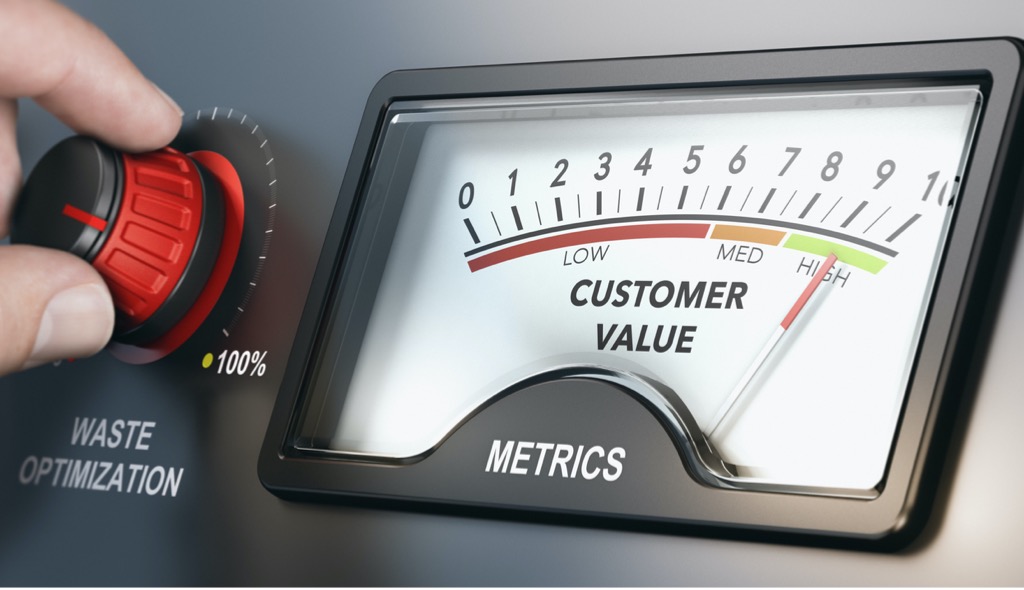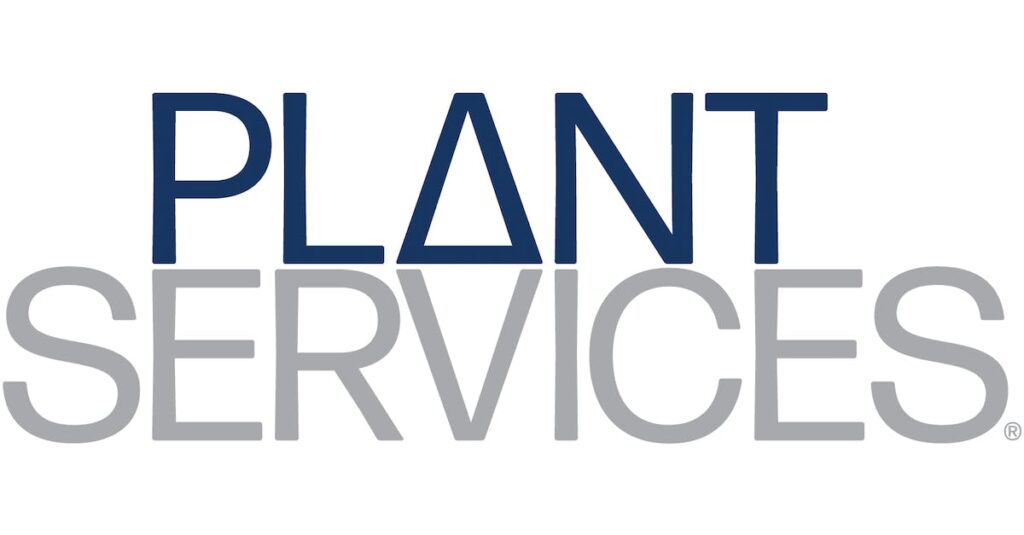Manufacturing success relies on a complex intersection of internal and external forces. Anything manufacturers can control to lower risk is a key competitive advantage. Manufacturers need to look no further than machine health monitoring systems to gain more control over machines and reduce risk.
If 2020 taught us anything, it’s that the manufacturing industry is fraught with risk. Small disruptions in hyper-efficient supply chains produced disastrous consequences downstream. In addition, ongoing shortages of key resources such as computer chips have halted production of everything from cars to washing machines to refrigerators.
Add in sweeping changes in demand that forced some plants to shut down while others ran at record capacities, and it’s easy to see what kind of external forces modern manufacturers are up against. Unfortunately, internal risks are just as prevalent.
Safety is paramount in many plants, but injuries could still lead to labor shortages and regulatory concerns. Workforce attrition and knowledge gaps continue to impact manufacturers. One of the biggest side effects of the labor shortage in manufacturing is a shortage of experienced operators who can conduct regular machine maintenance.
Without this capacity, plants must allocate resources to fixing problems as they arise, impacting production and increasing downtime on the factory floor. While plant managers can’t be held responsible for the external forces moving global markets, they can better address machine health using AI and analytics.
Smarter Machine Health Monitoring
Technicians traditionally monitor machine health by making the rounds with their clipboards to perform diagnostics and look for signs of failure. The role hasn’t changed much in decades, and there’s room for improvement.
In particular, the accuracy of this diagnostic process largely depends on the experience level of the technician. A new or overworked employee can easily miss clues to problems that end up costing the company a fortune.
Augury uses AI and analytics connected to sophisticated sensors that measure all kinds of indicators of machine health. Whether these sensors measure oil quality, coolant temperature, magnetic flux, vibration, or other indicators, Augury’s algorithm can predict when machines will break down. Further, it offers optimized solutions based on production schedules, maintenance capacities, and other factors.
To learn more about how Augury’s machine health solutions
can boost your business, get in touch today.
The Predictive Future
Most modern manufacturing facilities have necessarily moved past a reactive approach to maintenance. Waiting until something goes wrong is an expensive and inefficient way to run a plant, which is why preventive maintenance is the current standard. This approach is a significant step forward, but it’s nothing compared to a predictive approach powered by AI.
Here are three ways that predictive machine health monitoring can help any manufacturing facility reduce risk and increase efficiency:
1) Right-size your storeroom
Manufacturing inventory management can be the difference between record revenue and bankruptcy. Just like raw materials or finished goods in a warehouse, spare machine parts represent tied-up capital that can’t be used for another purpose.
Machine health monitoring allows plant managers to forecast maintenance needs and place orders accordingly – rather than letting expensive parts languish in storerooms on the off chance they’re needed.
2) Reduce unplanned downtime and plan maintenance into production timelines
The effects of unplanned downtime ripple throughout a manufacturing operation and result in delayed order fulfillment, wasted employee hours while equipment sits idle, and overtime costs in catching back up to demand. In upset or unplanned conditions, technicians also tend to rush to get things back up and running, which can lead to hasty repairs, safety hazards, and ultimately, increased levels of risk.
With machine health monitoring powered by AI, plant managers can forecast machine issues and build repairs into production schedules. This both gives technicians more time to fix things and allows for proactive production management – for example, overproducing before a machine must be taken down for repairs so orders can still be met on time.
3) Optimize maintenance schedules
Particularly in the face of labor shortages, it’s critical that technicians perform the right kind of maintenance on the right machine parts. And they need to do this at just the right time to prevent downtime and optimize labor.
Machine health monitoring can produce valuable data to indicate which production resources have the most immediate. It can also tell you which maintenance procedures can be safely delayed, ensuring that a limited number of maintenance workers can have the biggest positive impact in the shortest time.
Manufacturing is a complex industry with many moving parts, and as the facilities increase in output and products increase in value, the stakes become incredibly high. Effective risk management in manufacturing is critical.
Augury’s machine health monitoring solution helps manufacturing operations move beyond preventive maintenance and adopt a predictive approach that can reduce unnecessary parts inventory, prevent downtime, improve safety, and optimize valuable maintenance resources.
To learn more about how Augury’s machine health
solutions can boost your business, reach out today.





